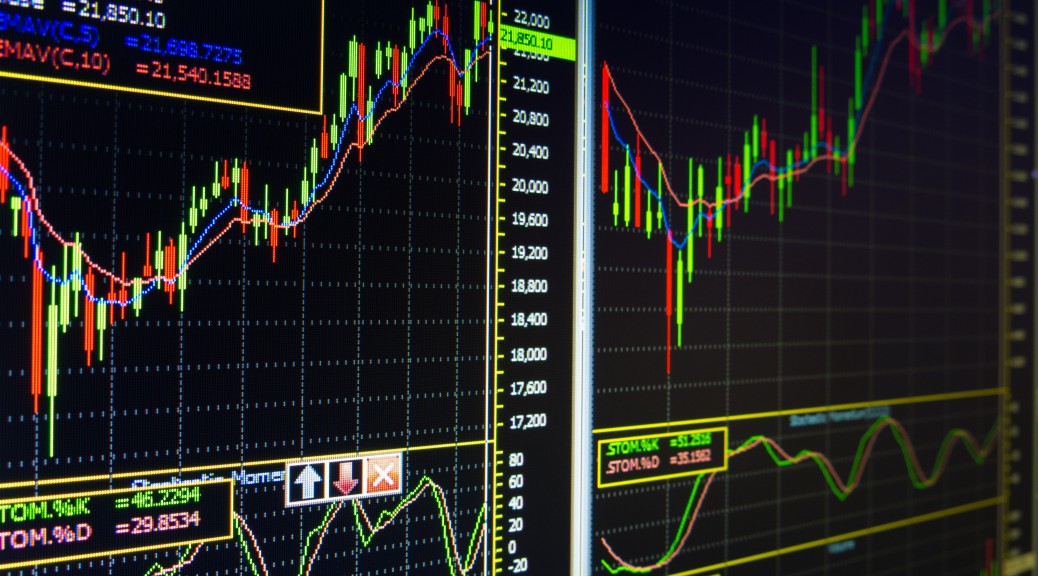Q: I want to invest in the share market for the first time, but I’m not sure when is a good time to invest. What is dollar cost averaging and can it help me to get a better return?
To answer your question, Dollar Cost Averaging is a technique used for reducing your risk that you buy-in at a bad time for the wrong price. This technique can be costly to implement so it is important to be properly informed before considering this for yourself.
However, for a first-time stock market investor in particular, there are a number of things you need to know first:
- What is your investment strategy? A sound investment strategy separates investors from gamblers.
- What is your investment objective and investment time frame? These will help to determine your investment strategy. They will also influence what level of risk you can afford to take.
- What is your exit strategy? Your exit strategy should form part of your investment strategy mentioned above, but it is important enough to mention this on its own. Determine how and when you plan to get out of the investment, what it will cost to get out and what implications this might lead to?
If you don’t know how to answer these questions, speak with an advice professional who can help you to set out your own investment plan. If you would like to understand more about how Dollar Cost Averaging can be used to reduce risk, read on.
The dilemma of when to invest
The past few years of strong growth in the Australian share market leave many people cautious about future performance. Understandably, many people have been convinced that stashing money under the proverbial mattress is a way to hedge against the risk of a market ‘correction’, downturn or second GFC. Although most investors recognise that the stock market as a whole is expected to grow steadily upward over the long term, questions of whether and when to buy are heavily influenced by short term performance projections.
Time for action
No-one is able to predict the future with certainty, but that offers no strong argument for doing nothing. As Winston Churchill said, “I never worry about action, but only inaction”. If you are fortunate enough to have some excess cash or savings at this stage, it’s worthwhile learning of a simple strategy for entering the market gradually with numerous investment instalments spread over a number of months – this is called dollar cost averaging.
Investing wisely
Dollar cost averaging involves splitting a one-off investment into two or more smaller investments, made at regular intervals in order to minimise the risk of entering the market at a bad time. There are two performance benefits from this approach. Firstly, if markets crash, you haven’t risked all of your money and now have an opportunity to buy in at a lower price. Secondly, if markets rise, you haven’t missed out on all the growth as you participate in the early gains of the upswing. Over time, your average cost of purchasing can be reduced.
Dollar cost averaging at work
For instance, imagine investing $1,000 into a specific share in the months of of September, October and November. If the share price is 1.00 in September, the regular investment of $1,000 means you purchase 1,000 units. If the unit price falls to 80 cents in October however, that means you buy 1,250 units. If the unit price falls again in November to 70 cents, you purchase 1,429 units, and so on. In this case you benefit by holding more units of the share than you would have by purchasing it all in September. Dollar cost averaging reduces the risk of investing one large lump sum and then seeing the value fall.
When cash isn’t king
Having too much cash may seem like a great problem to have. But at a time when interest rates are low, it could mean that you are locked in with negative ‘real’ returns. This means your money is growing by less than the rate of inflation, and it no longer buys you as much as it used to in the past. In turbulent bear markets, investors often stay on the sidelines and wait for a full market recovery before investing. This seems to makes sense. After all, why invest in a market which seems to be falling or going nowhere?
The problem is that it’s hard to determine when the next up trend is about to begin. As a result, most investors sit on the sidelines and miss out on gains made at the start of a bull market. Even worse is when they invest heavily towards the end of the bull market and suffer when things fall. Dollar cost averaging evens out the negative and positive swings, and may be a good strategy in uncertain times.

